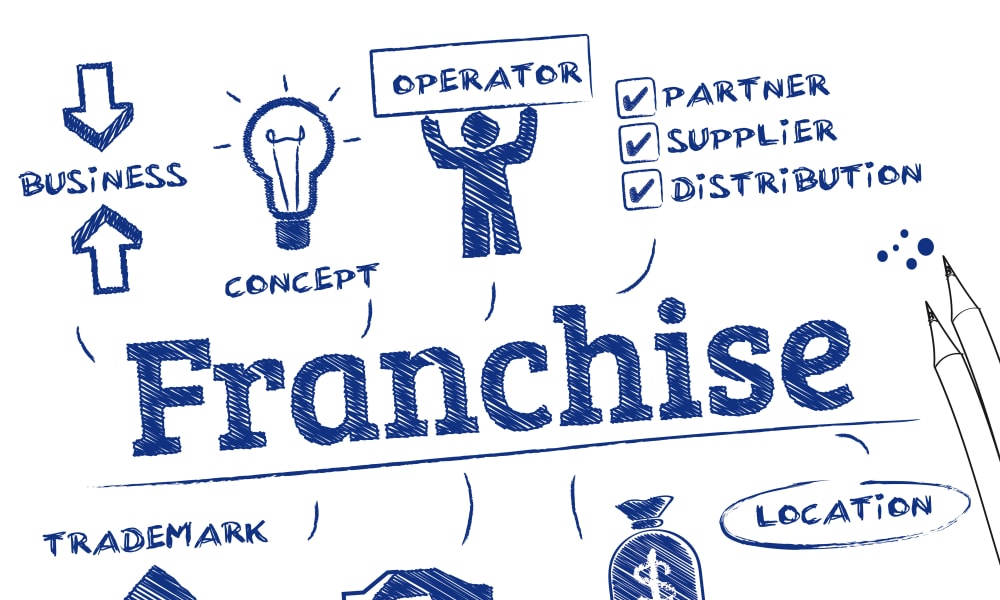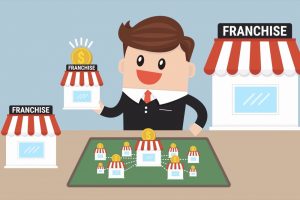What is a Franchisee
A franchisee is an individual or company that purchases the rights to operate a business under the name, branding, and business model of an established company (the franchisor). The franchisee pays initial and ongoing fees to the franchisor and benefits from the franchisor’s support, training, marketing, and established reputation. This allows the franchisee to run a business with a proven model, reducing some of the risks associated with starting a new business from scratch.
About CloudFran
CloudFran offers an innovative technology solution tailored specifically for franchise businesses, with a primary focus on streamlining operations, optimizing efficiency, and enhancing the customer experience. The CloudFran platform integrates advanced features that support both franchisors and franchisees by delivering an all-in-one solution designed to meet the complex demands of multi-location businesses.
At the core of CloudFran’s solution is a comprehensive franchise management system that enables centralized oversight of all franchise operations. This system empowers franchisors to easily manage compliance, training, and communication across all franchise locations. Key features include a robust Customer Relationship Management (CRM) tool, which facilitates efficient interaction with customers, tracks engagement, and enhances customer retention through personalized marketing strategies. The CRM is specifically tailored for franchises, allowing franchisors to provide consistent branding and customer experiences across all locations while giving franchisees the ability to manage local customer relationships.
CloudFran also integrates with Point of Sale (POS) systems to streamline transactions, inventory management, and sales reporting. The platform’s POS capabilities allow franchisees to track sales performance in real-time, while franchisors can maintain a bird’s-eye view of sales trends across multiple locations. This integration enhances transparency, enabling franchisors to make data-driven decisions that support the growth of the franchise network.
In addition, CloudFran leverages cloud-based technology, ensuring that all data is securely stored and accessible from anywhere, at any time. This flexibility allows franchises to scale quickly, while reducing the need for physical infrastructure and minimizing IT costs. CloudFran also incorporates AI-powered analytics to provide actionable insights, helping franchise businesses optimize marketing strategies, enhance customer service, and streamline operations for maximum efficiency.
CloudFran’s technology solution is designed to address the unique needs of restaurants, health and wellness franchises, and other service-based businesses, delivering an exceptional balance of operational control and customer engagement. With built-in automation, detailed reporting, and seamless integration with third-party tools, CloudFran provides franchises with a powerful platform to manage day-to-day operations and scale their business effectively in an increasingly competitive market.







